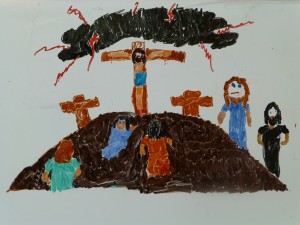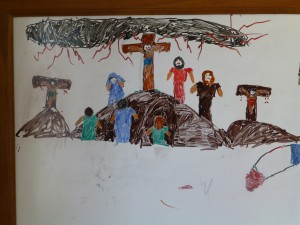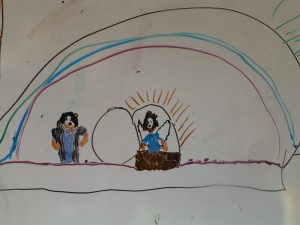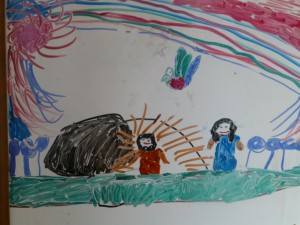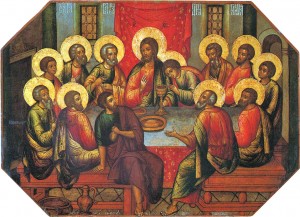Spring has arrived in Wyoming. Birds chirp and gather nesting materials, grass pokes green shoots up through the snow (!), and WCC juniors ask teachers to direct their theses. This past week I agreed to guide a project that attempts to connect liturgy and family, with a possible look at the debate over Cardinal Kasper’s proposal to admit divorced and remarried Catholics to communion.
Despite all the hullaballoo over last year’s Extraordinary Synod of Bishops, I have never actually read the text of Cardinal Kasper’s proposal. In fact, I’ve never read anything at all by Kasper. To get myself into the thesis project, I thought I would read Kasper’s Gospel of the Family and blog about it. After all, directing a thesis on faith last year led to my most popular blog series ever.
So far I have only read the introduction. It does not scream “Heresy!” or “Dissent!” Kasper chooses not to lead in with a hot-button topic like gay marriage or heterosexual divorce because he wants to start with the gospel itself. That said, he does say clearly that we are in a crisis because, although marriage is a sacrament of faith, most Christian married couples today–despite their religious affiliation–do not believe the gospel and have in fact concluded that the Church’s teaching on marriage is out of touch and irrelevant. Kasper observes:
The current situation of the church is not unique. Even the church of the first centuries was confronted with concepts and models of marriage and family that were different from that which Jesus preached, which was quite new, both for Jews as well as for the Greeks and Romans. Therefore, our position cannot be that of a liberal accommodation to the status quo, but rather a radical position that goes back to the roots (radices), that is, a position that goes back to the gospel and that looks forward from that perspective.
So far, so good, right? He doesn’t sound like he is leading up to a proposal for capitulating to the culture.
One little puzzle hides in a footnote. Noting that “out topic is not ‘The Church’s Teaching concerning the Family,'” he nonetheless adds a footnote in which he lists “the most important documents” regarding that teaching:
- Council of Trent: DH 1797-1816
- Second Vatican Council, Gaudium et Spes 47-52
- Apostolic exhortation Familiaris Consortio
- Catechism of the Catholic Church 1601-66
- Apostolic exhortation Sacramentum Caritatis 27-29
- Encyclical Lumen Fidei 52f.
It’s a puzzling list, probably representing not careful work but whatever came to Kasper’s mind as he quickly threw this address together. There is no sign that he is suppressing texts unfavorable to himself–Sacramentum Caritatis 29 alone would dispel that idea. But he doesn’t mention some obvious, big-time magisterial texts like Humanae Vitae and Casti Connubii (heavily footnoted by Gaudium et Spes) while he includes the brief and relatively uninteresting passage from Lumen Fidei, probably because it was recent and therefore fresh in Kasper’s memory.
To be honest, I don’t know why this footnote even exists. It attempts to offer guidance into the key documents of magisterial teaching on marriage, but it is attached to a sentence that says magisterial teaching on marriage is not the topic up for discussion. Again, this is probably not a carefully thought-out effort but hasty writing ahead of a deadline.


